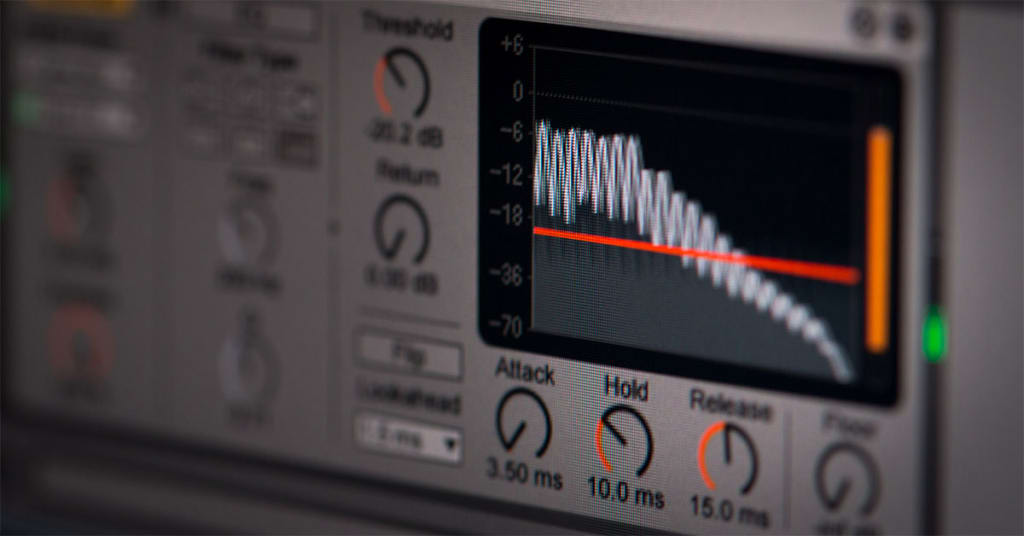
Before jumping into whether mixing while producing is a good thing or a bad thing, please take a second and let me know which workflow you prefer.
Please select a valid form
Many producers, myself included, love to mix as they produce. The argument is that in EDM more than any other genre, mixing and producing are one in the same.
The way you EQ, compress, distort and process a sound can turn it into a completely different sound. So mixing becomes part of the sound design and the lines between the two begin to blur.
In the end it’s a matter of personal choice. Some producers like to separate the mixing phase from the sound design, arrangement and production phase, other producers mix as they go. Each approach has its advantages and disadvantages and there is no right or wrong.
Mixing While Producing
“Mixing as you go” is a very popular workflow for producing electronic dance music and many other electronic music genres. It’s where you add plugins like EQ, compression and distortion while you design your sounds and go through your arrangement.
Advantages:
- Can save you time since you’ll have most of the mixing done by the time you finish the arrangement
- Helps you sculpt and fit your sounds together quickly
- Teaches you the effect of tools and plugins on your sounds
Disadvantages:
- You can get stuck messing with plugins and settings instead of finishing your tracks
- It may limit your creativity since you’re focusing on the technical rather than the creative
- You may decide you want to change things later, so you’ll have to go back and change settings
Separating the Mixing Phase
Separating the mixing phase from the creative phase also has advantages and disadvantages. For example, it’s a good idea to separate the mixing phase if you plan to send your track for someone else to mix and master. It’s also a good idea of you want to improve your sound design skills and not be distracted by fiddling with plugins and settings.
Advantages:
- Can help you focus on what you’re doing and keep your workflow organized
- Does not limit your creativity to plugin settings
- Forces you to improve your sound design and choose better sounds and samples
Disadvantages
- Can end up taking more time to finish tracks
- You won’t have a general idea of how the finished track will sound like
- Adding plugins and processing later may undo/change your sound design
In the end, it really doesn’t matter which workflow you choose because they both get the job done. Pick the one that helps you work faster and more importantly, finish more tracks.
Which workflow do you prefer? Do you prefer mixing while producing or leaving the mixing phase until after you finish your sound design and arrangement?
